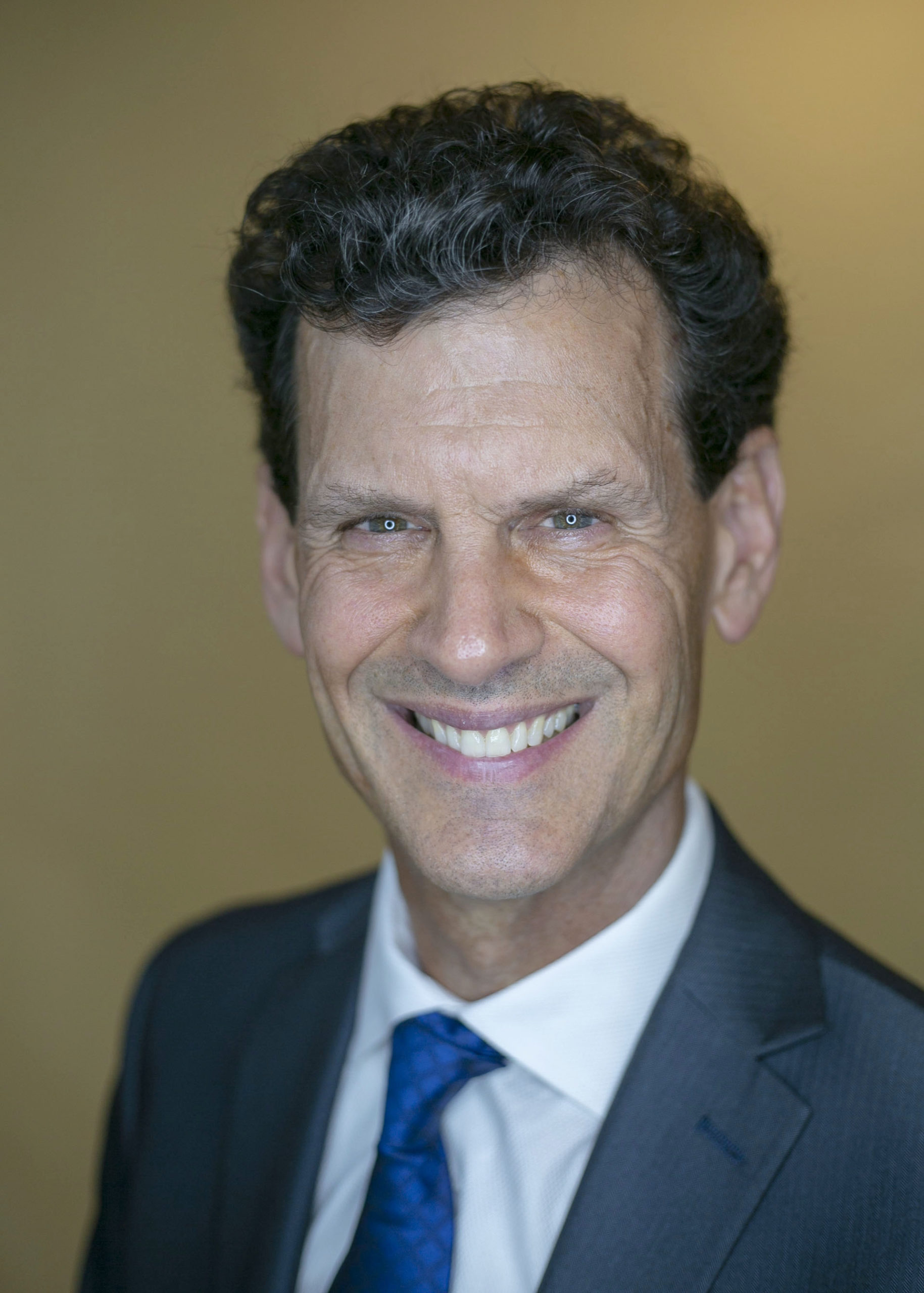
Four Season Planning
Four Season Planning https://csuiteold.c-suitenetwork.com/advisors/wp-content/uploads/sites/5/2022/03/Sunrise-Atl-Beach-2021-1024x1024.jpg 1024 1024 Tim Richardson https://secure.gravatar.com/avatar/df9eed7ce51fe137315a55c37668f52b?s=96&d=mm&r=gIf you are in an executive leadership position, leading a team of employees, or running a business, regular thinking, planning, and contemplating is essential. Ideally, every day should include time for reflection, in solitude if possible. It may be the most important and most significant task that you do each day.
Similarly, big picture thinking needs to occur a lot more frequently than the annual planning retreat or strategic planning session at the beginning of your fiscal year. These annual rituals that may have worked years ago don’t work today – our world is simply changing too quickly.
The start of my business involved spending an entire day alone. With no computer or phone, I laid out the plan for where I wanted my business to go. I did this annually for many years. Annual planning may have been adequate years ago, but it’s not enough now. I needed more time to contemplate, and I think you probably do too.
Think Weeks – Many years ago, I read about Bill Gates and his think weeks. When he was CEO of Microsoft, Gates would retreat to a very secluded location twice a year for A “think week”. You may or may not like him, but there’s little doubt that your life has been impacted because of a Bill Gates Think Week. One of which led to the creation of Windows 95.
So how often should big picture “get-aways” happen?
Gates left his full-time position at Microsoft in 2008. That was 14 years ago. Twice a year for planning may not be enough today. So up the ante and gather your team (or do you own version of a think week, think weekend, or even a think day) Four times a year. Maybe two of these are individual and two are organizational.
I started thinking about this concept on one of my recent think walks. While walking at dusk, I was mesmerized by the beautiful colors in the sky. That lead me to think about daylight savings time and how that would be making evenings longer. Why not use daylight savings time as an annual reminder to schedule a time to think about springing forward? Spend time pondering how to move your organization, business, or career forward. Consider making a ground rule that only forward-thinking (positive) ideas are allowed.
Roughly three months later is the longest day of the year – June 21st. Again, schedule time to think, plan, and create around this time. Questions you might consider include:
- If I am in this organization, position, career, etc. for the long haul, what tools do I need? What learning, training, mentoring, or coaching do I need to lengthen my relevance or effectiveness?
The first day of fall begins on September 21st and soon after another time change – this time falling back. For purposes of this 3rd planning time, think back to what your organization has done well.
- What needs to be repeated?
- What needs to be retired?
- What needs to be retooled?
- What needs to be re-thought? If your organization has lost market share, customers, or profits, have the focus of your planning be how to get those things back.
- If you have lost passion for what you do, think back to the beginning when your passion was high. What were you doing back then? What do you need to do to bring back that passion?
On December 21st, the winter solstice occurs when either of the Earth’s poles reaches its maximum tilt away from the sun resulting in the shortest day of the year for those in the northern hemisphere. It’s the beginning of the 4th season of the year and an ideal time to consider a 4th planning event sometime around December 21st (ideally a week or two before or after for obvious reasons!). Consider using both the words maximum and minimum as discussion prompts.
“Four Seasons Planning” could also involve benchmarking highly successful organizations like the Four Seasons Hotel and Resorts. You could even examine the Four Seasons Hotel and Resort mission statement and culture to compare and contrast it with your organization’s mission statement. You could even gather with your organization or team to do your planning at a Four Seasons resort, and yes, I’d be happy to come and speak.


